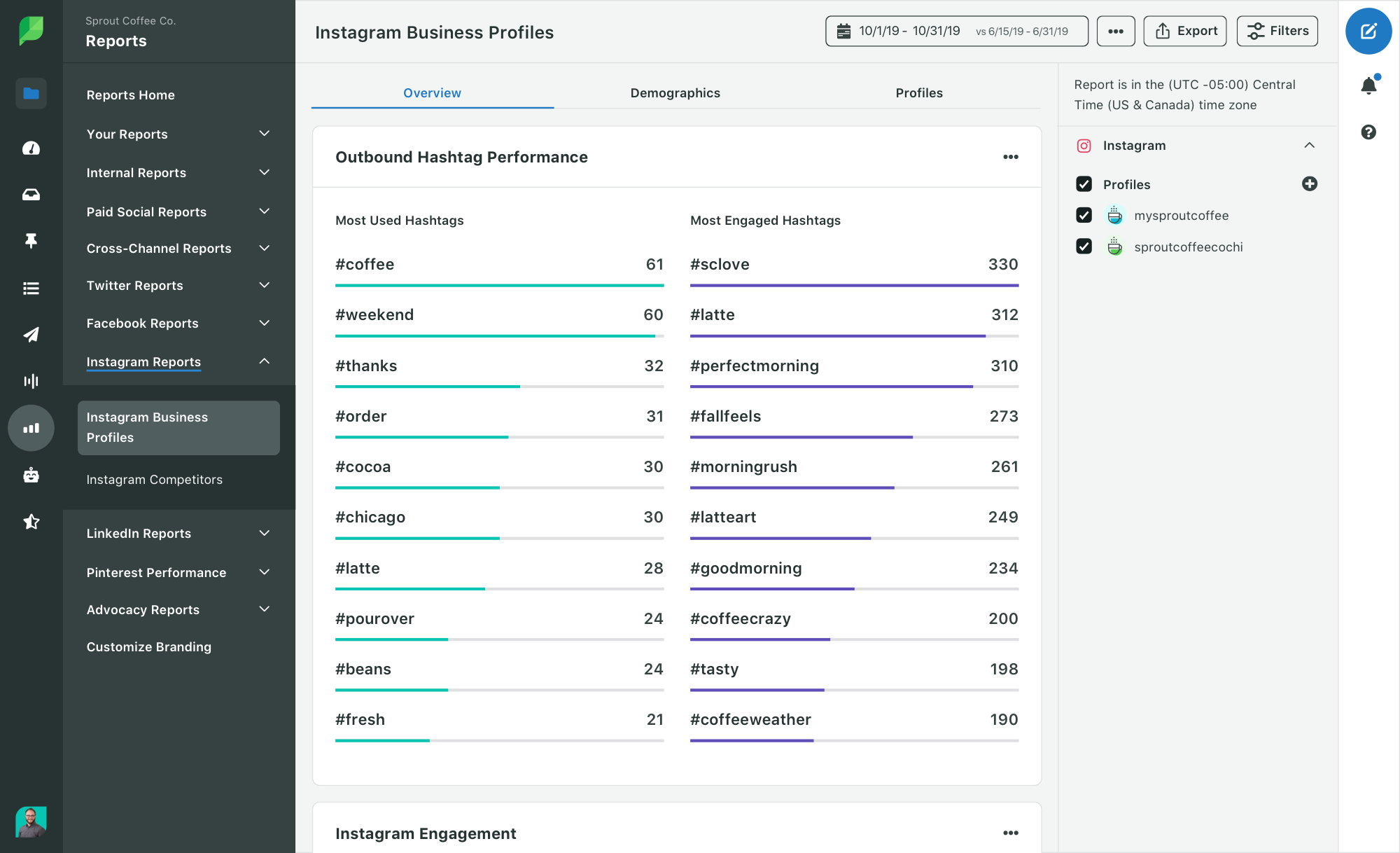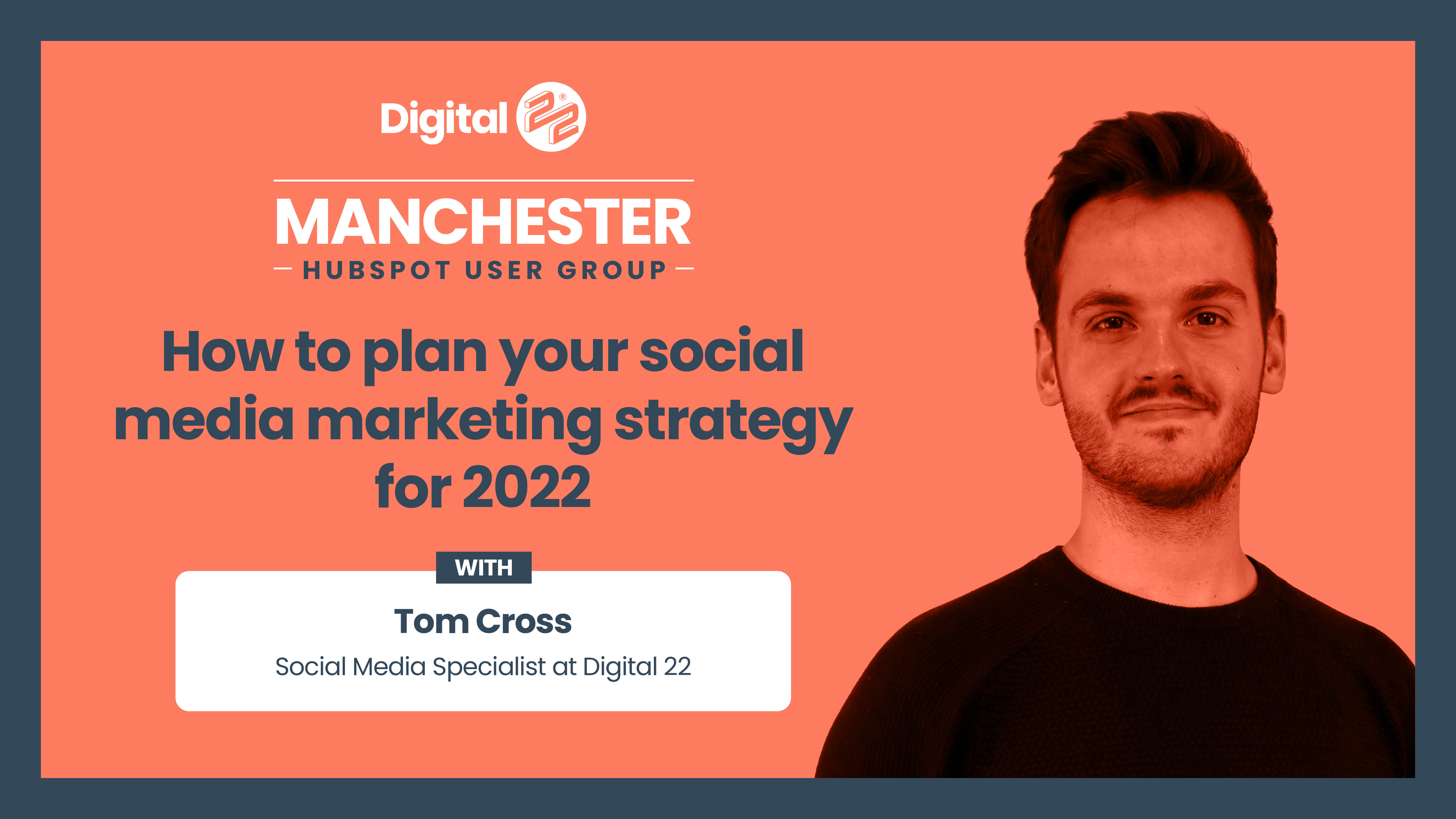
A viral marketing campaign that does not meet the expectations of consumers may not be successful. Consumers expect a brand to provide high quality products or services. To achieve this, the promotional materials used must be of good quality. Websites and platforms should be created with the user in view. If these factors are not met, the brand may end up with a negative reputation. Brands should be aware of these aspects before embarking upon a viral marketing campaign.
Common characteristics of viral marketing campaigns
A few essential elements are required to create a viral marketing campaign. You need to start by choosing the right platform. A successful viral marketing campaign can also cross over to other platforms. A successful viral marketing campaign, such as the #MakeItYours campaign of Xbox Design Lab, was seen on Instagram, a popular social-media platform. But a viral marketing campaign may not always have a clear target audience.
Posting at the correct time is an important part of viral marketing. To reach the most people, schedule your posts. Different social media platforms have different posting times. The other important aspect of viral advertising is to make sure your brand is active on all major social platforms. Some social media platforms may not be suitable for viral advertising. This is why it is so important to select the one that best suits your brand. These are the main features of viral marketing campaigns.

Influencers play a key role in viral marketing campaigns
This article will focus on the role of influencers within viral marketing campaigns. The broader distribution of viral content in social media platforms may be influenced by context, which is particularly important in the context of viral advertising. A pharmaceutical company might see its tweets being influenced by news stories related to the same story. Users often add context to their content by mentioning users with handles. This makes them influencers in their networks.
Brands can also leverage the influencer's networks and use Twitter analytics tools for identification of potential influencers. Next, determine how to reach each influencer. Microinfluencers can be reached via private messages. However, established influencers could have a bio with contact information, which may include a link back to their website. This is a sign of brand partnerships. This method is effective in viral marketing, and it has many advantages.
The dangers of viral advertising
You should be aware that viral marketing can have many dangers. Understanding that viral marketing can have both beneficial and detrimental effects is crucial. In some cases, viral marketing can be a great tool for brands. These dangers include:

First of all, when using viral marketing, you need to have a clear purpose for your campaign. It should have a clear purpose, be specific and reach a market. It is important to carefully consider what message you are using to promote your product. Mountain Dew's hashtag campaign generated over 100,000 mentions. However, it received more negative responses than half. This is the first danger in viral marketing.
FAQ
How do you measure success with content-marketing?
There are several ways to measure the effectiveness of your content marketing strategy.
One good measurement tool is Google Analytics. This tool can show you where your targeted traffic originates and what pages they visit the most often.
It also gives you an indication of how long each visitor stayed on your site before leaving.
You can use this information to improve the content you create to grab people's attention, and keep them interested for longer periods of time.
This is another way to determine the success rate of your content-marketing efforts.
My email newsletters are providing value for my subscribers. What proportion of my mailing list has become paying members? How many people have clicked through to my landing page? Is it true that clickers convert at higher rates than those who don't click?
These are all important metrics to track and monitor over time.
A third great way to measure the success of content marketing is to count how many people share your content through social media.
Consider starting now if this is something you aren't doing. It could make all the difference in whether you are seen or ignored in your industry.
Why Content Marketing?
HubSpot reports that the average person spends almost two hours per day reading content, on social media and in their newsfeeds. They also watch TV, read magazines, browse websites, listen to podcasts, or look at newspapers. That's a lot spent on content!
Is content marketing successful?
Yes! Hubspot reports that Content Marketing has been ranked as one of three top digital marketing channels in lead generation.
What is a Content Strategist?
Content strategists help brands tell stories through engaging messages that are emotionally connected to their audience. They are storytellers who help brands tell brand stories that motivate people to act.
Content strategists have the ability to develop strategies that attract current and future customers. For example, they use storytelling and data analytics to create compelling experiences that will inspire customers to visit stores, buy goods, and share their enthusiasm online.
They are also able to integrate social media platforms in these campaigns. They can also leverage technology tools such as virtual reality or video to deliver memorable customer experiences.
In addition to creating digital content, content strategists translate these ideas into concrete plans that marketers need to execute. This includes creating content that can be used on different media (such as television or print), and developing creative briefs. Budget management is also an important part of the job.
Why do I need a Content Marketing Strategy to succeed? Why not just send emails or post social media updates?
Two main reasons you might choose to ignore a Content Marketing Strategy.
-
You might think that email marketing and social media posts are enough to get people talking about your brand.
-
If you've never tried email marketing, or posted on social networks, it's easy to assume this type of content is not feasible.
Both assumptions are incorrect.
Email marketing, as well as social media posts, can be excellent ways to communicate with prospects or customers. They aren't sufficient by themselves.
A single email campaign won't be enough to help you achieve your goals. An email campaign alone won't help you reach your goals. It must be part of larger strategies. And social media posts alone won't help you achieve your goals either. They should be part and parcel of an overall strategy.
This is where the Content Marketing Strategy comes into play. You can manage your entire content creation by creating a strategy with clear objectives.
As a result, you'll be able to spend more time focusing on other essential aspects of running your business, like growing your audience and increasing conversion rates.
While there are many advantages to having a Content Marketing Strategy in place, it does not make it easy.
But, having a strategy in place makes all the difference.
Are there any restrictions on linking to content from other websites?
Yes! It's called link building. Linking back to another site's content is a great way to increase traffic to your site. Links to credible sources should only be included.
Is content-marketing easy to measure?
Yes! It's part of the process. This allows you to evaluate whether your efforts were successful, and if you need changes.
You can track visitors coming from many sources (email, social media and paid advertising) and track conversions like sales leads, purchases, and organic searches.
These metrics will tell you what pieces of content did well and where there are the most opportunities.
Statistics
- According to research compiled by Coschedule: Companies that publish 16+ blog posts a month get as much as 3.5x as much traffic as those that publish 0-4 posts a month. (criteo.com)
- Progress indicators (0–100%) allow each team member to see how attainable each goal is and understand what remains to be accomplished. (semrush.com)
- In fact, would pay more for a better customer experience, and 86% of B2B buyers would pay more. (neilpatel.com)
- According to the Content Marketing Institute, 70% of B2B marketers and 86% of B2C marketers surveyed use content marketing in some form or other. (criteo.com)
- We found that 40% of businesses don't have a documented strategy yet. (semrush.com)
- According to our research, 65% of companies with very successful content marketing in 2021 ran content audits at least twice a year. (semrush.com)
- To further show the importance of this, 89% of people have stopped doing business with a company because of a poor experience. (neilpatel.com)
- Companies that use content marketing see approximately 30% higher growth rates than businesses not using it. (mailchimp.com)
External Links
How To
Content Marketing Tips: Infographic Creation Tips
Infographics are one of the most effective ways to explain complex concepts simply, making information easy to understand. Use infographics as a tool to promote your content marketing message.
For creating an infographic you'll need software such as Adobe Illustrator and Photoshop. These programs are great for creating infographics. After your design is complete, you can upload images from Unsplash and Pixabay to your design.
Check out existing infographics online to get some ideas. If you want to show calories in certain foods, then you can take a picture or diagram of a food pyramid, and add pictures of the foods. Or you could look at how many sugars are found in soda pop and replace that number with a picture from a Coke bottle.
Once you've created your infographic, share it on social media channels like Facebook or Twitter. This makes it easy for people unfamiliar with the concept to learn. You can include hashtags in your infographic if you want to share it on social media. Hashtags enable users to follow along in conversations related to specific topics.
If you decide to create an infographic, try making your posts shorter than usual. An average blog post can range from 2000 to 5000 word, while an informationgraphic needs only 500 to 1000 words. That means you can get more information across in less space.
Make sure you consider that your infographic will be difficult to read by some viewers. It is important to use large fonts and avoid relying too heavily on colors when designing your infographic. Make sure all text is legible.
These are just a few additional tips.
-
Choose an Infographic Template. Many templates are available in both printable and online formats. Canva and Piktochart are some of the most popular.
-
Make your Infographic. Use the template to create your infographic. You can use whatever media is most appropriate for your audience. If you want to create an infographic on the best places for food in Seattle, for example, you might use photos from local restaurants.
-
Add text. Add text once your infographic is created.
-
Add images. You can also add images to your infographic. These can be pictures, charts, graphs, or icons. Make sure your picture is relevant to the topic you are adding.
-
Make It Interactive. Interactive elements can include buttons, maps, or links. This will make it easier for your audience to interact with you.
-
Share. Share the infographic once you're done.
-
Measure. Your infographic's performance. Did people click through to your website? Did they sign-up for your email address? What was their reaction to your infographic?
-
Improve. Do you have any suggestions for improving your infographics? Do you think your infographic could be better?
-
Repeat. Repeat.